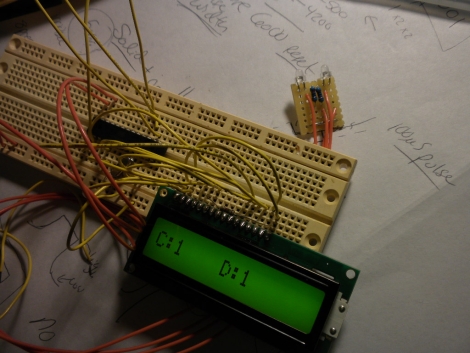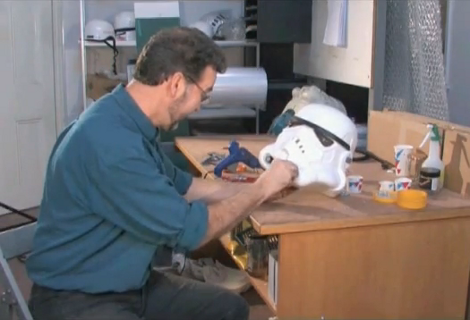
[Scott] was driving in the pouring rain behind a car with its blinkers on when inspiration struck. He had previously created a simple communications system using his sound card that allowed him to send data to a microcontroller from his PC, but he thought that doing the same thing with light would be an interesting exercise.
He decided that the best way to go about building such a system would be to use a phototransistor along with his computer monitor to send data to his microcontroller. While he couldn’t really think of any practical application for the project, that didn’t stop him from putting it together just for grins.
[Scott] says the circuit is dead-simple, and includes a pair of phototransistors along with their required resistors. The receiver was tied into the ADC of his microcontroller, where he was easily able to pick up some simple light patterns. His ultimate goal is to put together a javascript application that sends data to his microcontroller, though he’s looking for a bit of assistance on the programming side of things – any takers?
While [Scott] couldn’t come up with any applications off the top of his head, we know of at least one. Anyone familiar with the Bloomberg financial application will likely have come across their “B-Unit”. This piece of hardware is about the size of a credit card, but thicker. Armed with a fingerprint scanner and a photodiode, it reads a series of flashing lights from your computer screen in order to ‘synchronize’ the unit for each login session that is not initiated with an official Bloomberg keyboard. So there’s one for you!
Continue reading to see a video of the system in action.
Continue reading “Microcontroller Communications Using Flashing Lights”














